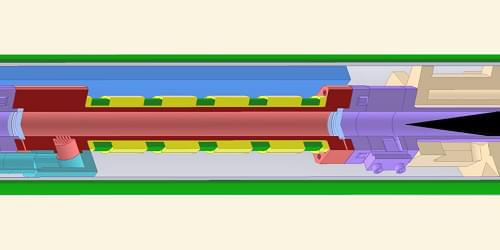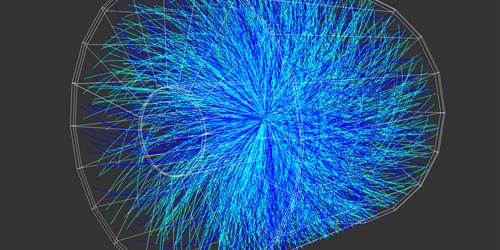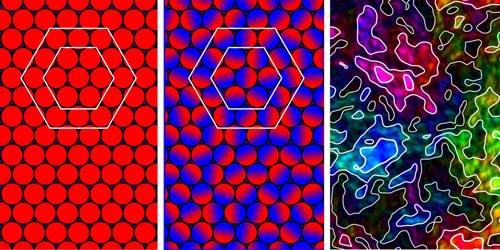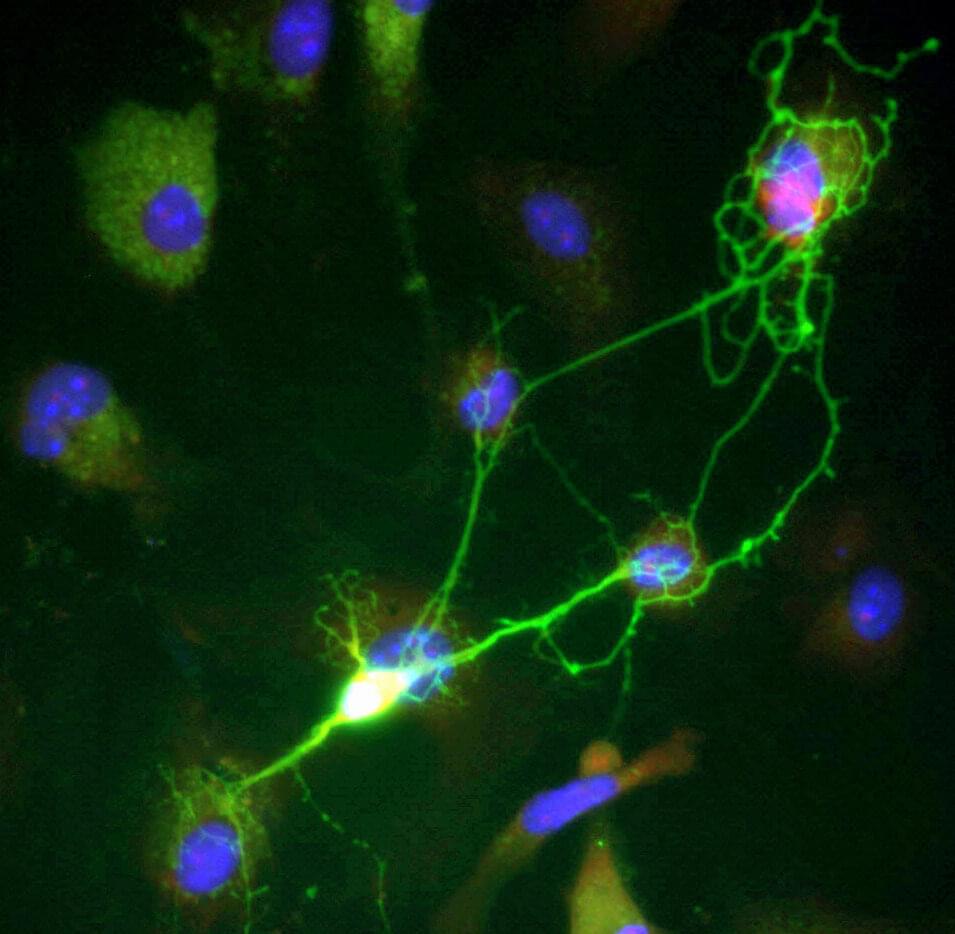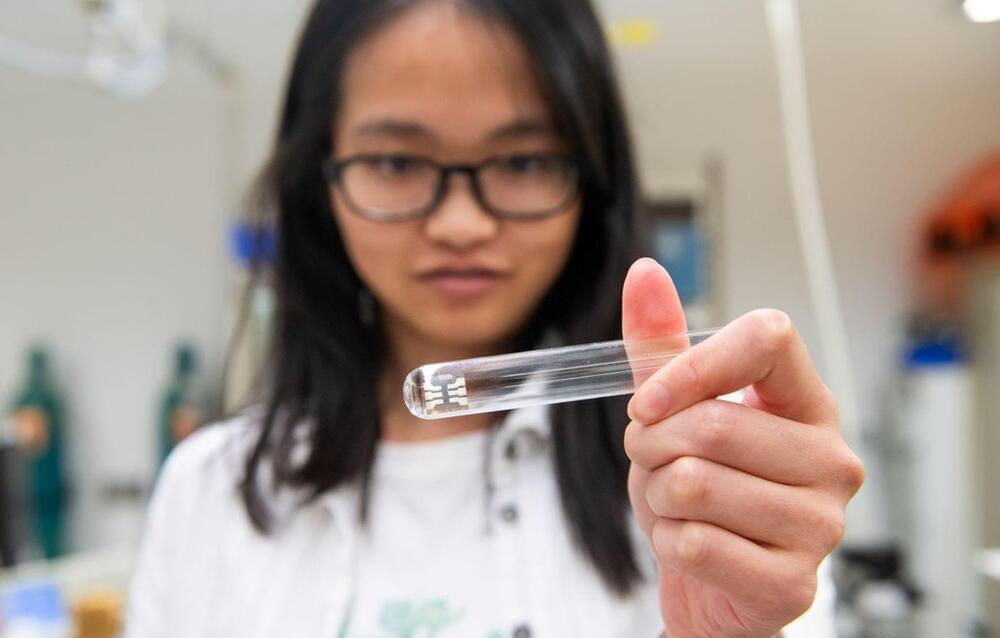Sep 6, 2023
Accelerating retail personalization at scale
Posted by Shubham Ghosh Roy in category: biotech/medical
Today’s retailers are faced with a clear opportunity for transformation. Consumer expectations are constantly evolving, challenging retailers to keep pace. A blend of online and in-person shopping forged during the pandemic persists, forcing retailers to deliver a highly personalized omnichannel experience. And retailers’ values are becoming as important to consumers as their products and services.




